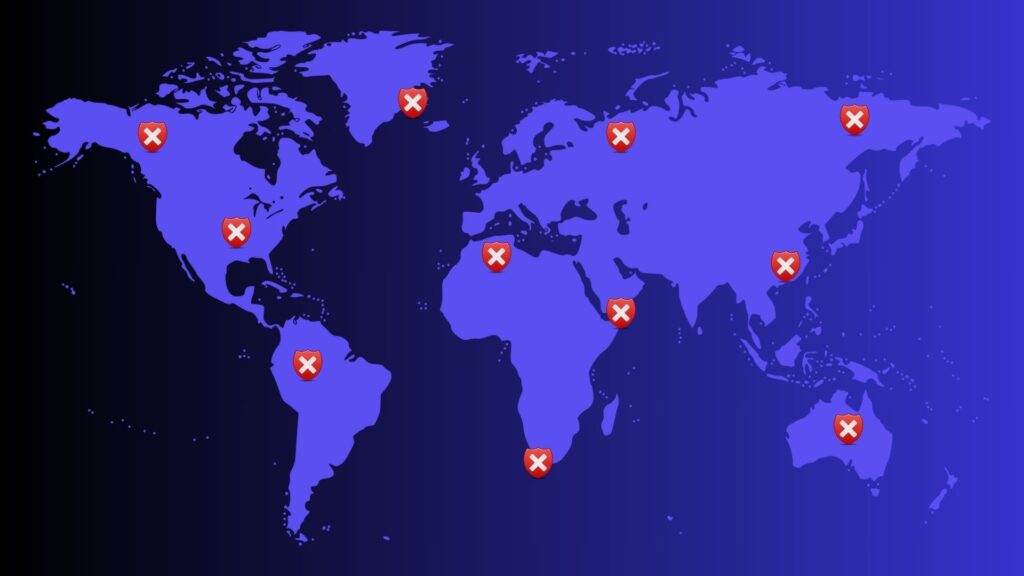As 2024 draws to a close, it’s the perfect time to pause and reflect on your cybersecurity journey so far. A new year brings a fresh start, and with it, the perfect opportunity to consider your cybersecurity resolutions for 2025.
Let’s make cybersecurity one of your top resolutions for the new year. You don’t need to do it all at once, but each small step you take will increase your online safety. Here are five easy steps to improve your personal cybersecurity in 2025.
1. Improve the strength of your passwords
Your password is your first line of defense against cyber threats, so make it count. Here are some tips on how to improve your passwords:
- Create strong, unique passwords. Aim to make each of your passwords at least 12 characters long. Include uppercase, lowercase, numbers, and special characters to increase the strength of your password. Don’t use the same password for multiple accounts – create a unique password for each account instead.
- Use MFA. Multifactor authentication, or MFA, is an additional confirmation after you have entered your password. This extra step adds a layer of security so that even if your account is compromised, you will be prompted to confirm the login attempt.
- Change your passwords periodically. Your password can become compromised at any time. Change your passwords regularly to reduce the possibility of it being used to access your account.
Bonus tip: Consider using a password manager to generate secure passwords and store them safely for you. Password managers are easy to use and reduce the number of passwords you need to remember.
2. Update your software
Hackers often exploit vulnerabilities in outdated or unpatched software. Stay ahead by:
- Regularly checking for new updates. Ensure that your devices are up to date by checking for new updates. This is especially important if you have not enabled automatic updates on your devices.
- Turning on automatic updates. This feature will automatically update your software without the need for you to manually check for new updates.
- Prioritizing security patches. Don’t ignore updates that include security patches. These patches contain fixes for a security threat that could be harmful, so install them immediately.
Bonus tip: Don’t forget about other devices like your smart TV or IoT devices. Check for their updates and install them as soon as possible.
3. Do not automatically trust public or free Wi-Fi
Public Wi-Fi may be convenient but can also be risky – you don’t know who else is connected and what they may be doing. Protect yourself using these tips:
- Don’t perform sensitive transactions. You should not use public Wi-Fi to access your bank account or to access personal information. This information can be accessed by the wrong people.
- Use a VPN. Consider using a Virtual Private Network, or VPN, when connected to public Wi-Fi. VPNs encrypt your data, making it harder for hackers to access. This is particularly important when you need to perform sensitive transactions.
- Turn off automatic connections. Disable any settings on your device that will automatically connect your device to available networks. Instead, only allow known and trusted connections.
Bonus tip: If you are unsure about a public Wi-Fi connection, trust your instincts and avoid connecting to it.
4. Protect your personal information
Your personal information is a goldmine for cybercriminals, so ensure it is protected using these tips:
- Don’t click the link. Think twice before clicking links. Check the URL to ensure it is not related to phishing.
- Adjust your privacy settings. Check your account privacy settings to ensure it is set to the sharing option most suitable for you. If you are uncertain, select the highest available privacy setting. You can always adjust it at a later stage.
- Limit what you share on social media. Cybercriminals often use your social media information to plan their attacks. Therefore, avoid oversharing on social media platforms. For example, don’t share your ID number, vacation plans, etc. with all your followers.
Bonus tip: Enable security alerts under your account settings. This will send you a notification when someone tries to access your account.
5. Be cyber-aware
As the saying goes: knowledge is power. So make time to upskill yourself with cybersecurity awareness training:
- Stay updated. Subscribe to trusted cybersecurity blogs or YouTube channels to stay informed, like subscribing to willowbesecure!
- Take online courses. There are quite a few cybersecurity awareness courses available, including free courses. Consider taking some of these courses to help you understand the basics of online security.
- Share your knowledge. Help your family and friends stay safe online by sharing what you’ve learned so they too can prevent cyberattacks.
Bonus tip: Start small – focus on learning how to recognize phishing attacks and build your knowledge from there.
Happy New Year!
As you step into 2025, remember that cybersecurity is a journey, not a destination. Cybersecurity can be interesting and fun, and we will help make it enjoyable for you. If you begin with these five steps, you can start protecting yourself online and build a more secure digital presence. Small changes lead to significant results, and there’s no better time to start than now.
Let’s look forward to a safer 2025 – you can do it!



